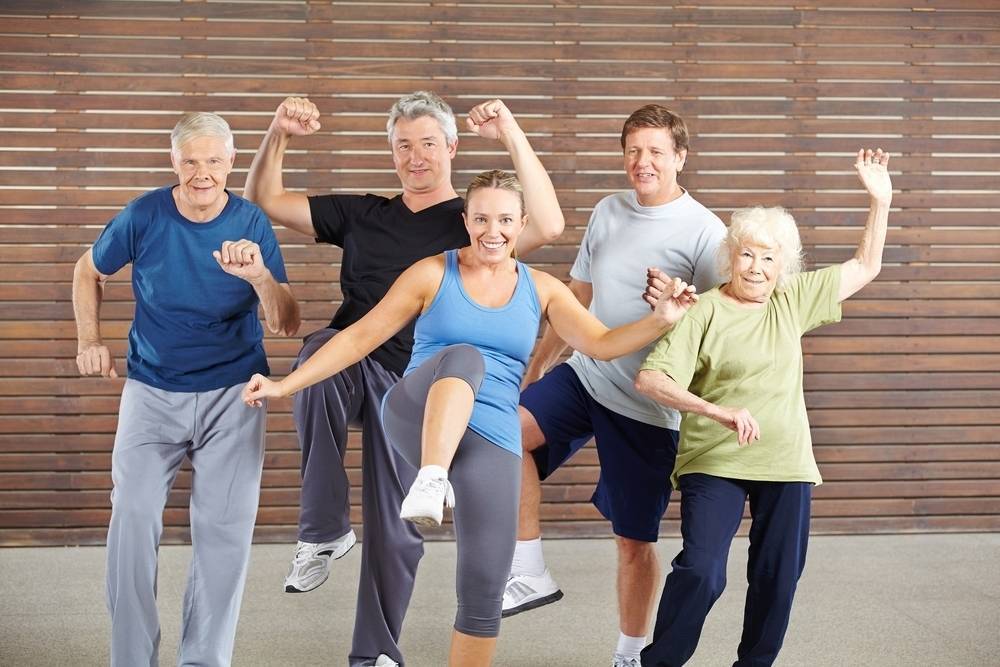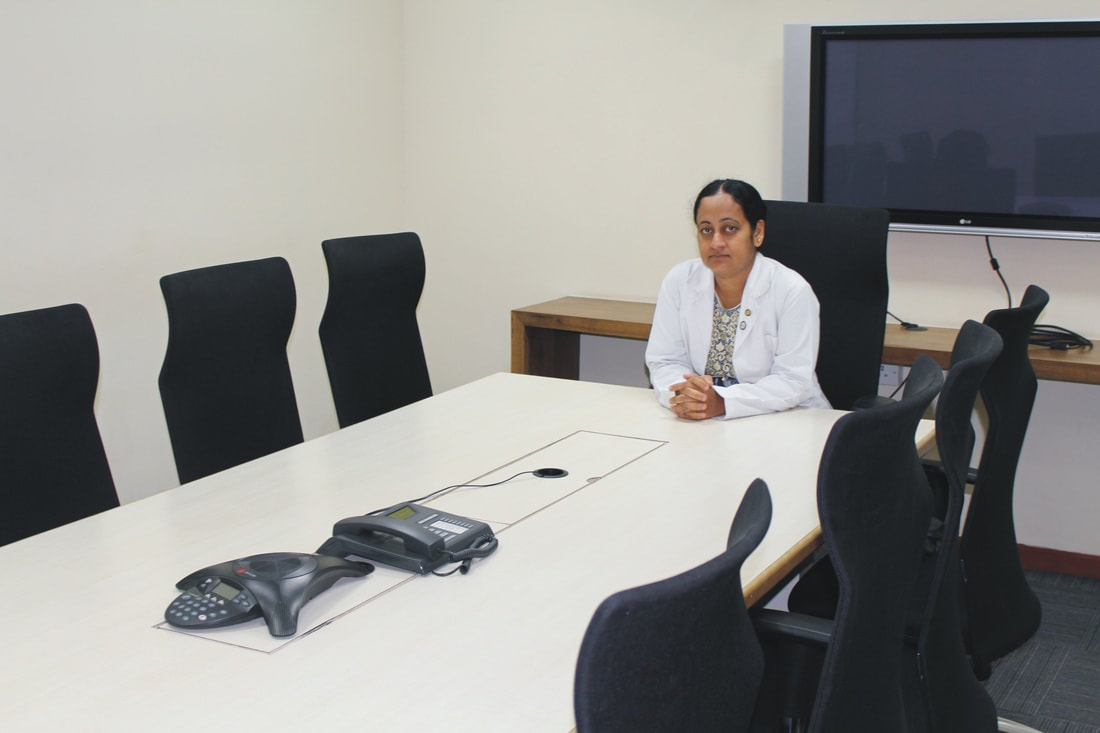|
Irrespective of the type, duration and frequency of an activity performed any physical activity is sure to reap benefits for the person performing it. Each of us are struggling hard to squeeze in some time to fit in physical activity in our daily schedules somehow and the benefits incurred are regardless of whether it occurs as part of work, leisure, transport or housework. Walking was the only means of transport earlier and after the introduction of wheel, mankind progressed towards other means of transportation. Bicycle, an integral innovation has been also used as an excellent means of exercising since ages. But walking and cycling are activities that can be performed individually. Then how did the group fitness classes evolve? The origin of group fitness can be traced back to 1968 when Kenneth H. Cooper introduced the concept of aerobic exercise. Immediately the following year dance-based fitness classes focusing on cardio, strength and stretch movements were introduced and it was not until early 1970s that Sorensen took a bit of aerobic programs, added some music and made the world become an ardent fan of aerobic dance that now prevails as the basis for group fitness programs these days. Group fitness classes are exercises performed by a group of people in the presence of an instructor attracting people with its different formats available-yoga, aquatic activity, core conditioning, resistance exercise, kickboxing, boot camps and more. There are a number of health centres and fitness clubs that bank on people’s interest to do different activities and their eagerness to have fun that they have reshuffled the entire concept of fitness. Group activities are encouraged these days as they motivate people to be regular for workouts, follow a consistent exercise schedule and reap the benefits of a fun environment. The question now is whether group fitness offers more benefits than individually performed exercises, especially for the elderly. We are witnessing the fastest growth in the ageing population which brings with it a great burden on the society due to increased risk of mental and social health problems that grow alongside physical health problems as well. There is a dire need to promote physical activity among older people as its absence increases the risk of chronic degenerative diseases and disabilities. Ageing is by itself a risk factor for decline in daily functionality and mobility whose effect can be controlled with daily physical activity and exercise schedules. In such cases regular physical activity increases muscle strength, coordination and flexibility but to avail these benefits it must be performed regularly. But one requires knowledge, skills and perseverance for reaping the benefits of exercising. Don’t we see a group of elderly adults, men mostly, in parks going for a walk or a slow jog as well? These people enjoy each other’s company and have fun while exercising too. But the population of older adults is heterogenous as each of them have varying degrees of health, culture, attitudes and practices. Viewing them as one group might hamper us from providing the needed healthcare as it is essential to consider each of the elderly person’s individualized needs. How good can group exercising benefit older adults in such a scenario and what’s the impact of group exercising on the elderly population? Advantages of Regular Group Exercising in Elderly in Japan Japans prevails as the most rapidly aging country in the world where by 2035 one in every three adults will be aged 65 years and above. The study discussed here focuses on the experiences of older adults participating in regular group exercise and the effect of such activity on the person’s physical, mental and social changes. A community-wide intervention program named the ‘Fujisawa +10’ was created to spread the performance of physical activity among citizens based on the national physical activity recommendations made by the National Institute of Health and Nutrition of Japan. The Fujisawa+!0 exercise program was a community-wide intervention with exercise intensity at an extremely low level. Dynamic and static stretching exercises, knee-ups, squatting, knee exercises, arm circle exercises and body balance exercises done in standing or sitting positions are a regular part of the exercise routine programmed. These exercises were introduced to the elderly section of people who were voluntarily exercising together as a group at least once at the park (performed thrice a week) or community centre (performed once a week) in their community. All these adults were given a CD, DVD and manual instructions on how to exercise together as a group without an instructor. Participants selected were older adults who were participating in the ‘regular group exercise’ in community A and B. Only those community-dwelling older adults who were above the age of 60 participating in regular exercise in community A or B and those living independently without any elderly care assistance were included in the study. The research team conducted four focus group interviews including 26 participants (11 males and 15 females) whose mean age was 74.69 years. Community A had 15 older adults (7 males and 8 females) grouped into two focus groups with 7 (3 men and 4 women) and 8 (4 men and 4 women) respectively. Community B had 11 older adults (4 male and 7 females) who were grouped into two focus groups with 5 (2 men and 3 women) and 6 (2 men and 4 women) participants respectively. Each of the interviews lasted for 60-80 min, none of the participants suffered from disabilities or were diagnosed with dementia, no participant received any formal care, five were living alone and one used a stick due to joint pain. Investigators who had expertise in conducting focus group interviews (HK and KY) served as facilitators while two investigators (YO and YS) and two graduate students attended the focus group meetings as observers. Results The researchers could clearly confirm that ‘regular group exercise contributes to balanced health in older adults’ which consisted of seven themes (regular group exercise, functional health, active mind, enjoyment, social connectedness, mutual support and expanding communities) under its umbrella. It was observed that group exercise contributed to physical, mental and social well-being helping them improve on their functional health, peer interaction and their degree of enjoyment. People working out in groups cared for each other, felt connected and had a sense of security in the community. Older adults have aplenty free time after being done with their responsibilities towards their kids and hence, felt that regular exercise was critical in balancing overall health. Such regular exercises helped them lead an active life without succumbing to sedentary lifestyle habits that included getting up, sleeping or eating at haphazard timings. We also know that many elderly people live in isolation having lost their spouse or their kids stay away and they are forced to lead lives of their own. In such cases, gathering at one common place helped these people to interact with each other, prevent isolation and bring in a purpose to their living. When elderly individuals began their day with group exercises, they felt their body to be flexible, energized and fit while off days motivated them to exercise even stronger on other days. Exercises helped these participants to at least stay fit in their current level even if it did not help in improving their fitness quotient. Many participants felt that they were blessed to socialize and exercising individually at home could have never brought them this kind of an enjoyment. Group exercising also helped in expanding social connectedness and mutual support. The study clearly shows that group exercises benefit the overall development of the elderly individuals catering to their physical, social, emotional and mental needs. Combined Intervention Program While the advantages of group exercising seems to sound great there are also many downsides to it. It is not always possible for all the elderly individuals to commute as their health must permit and economic background should also support it; there is less attention paid to individual needs despite the fact that every ageing adults would be suffering from a different kind of body pain and finally, renting a place that’s close to many of the individuals participating and hiring an instructor for the same is not an easy job. Hence, merging a home-based intervention program with a group exercise program would be the best approach as it channelizes the individual’s exercising frequency, intensity and duration to the desired levels. A research team analysed the effects of a blended exercise program on adults in Europe. Participants were selected from a community-based program known as More Exercise for Seniors in which more than 3,00,000 older adults above the age of 55 years participated in a weekly group-based exercise class under the supervision of a trained instructor. The elderly individuals were asked to sign up for the focus group and instructors were contacted revealing the study’s intention. A total of 15 instructors were contacted and 8 focus groups were held (including two pilots) with 48 older adults. The focus-groups happened at locations where the weekly MBvO-class were held with each consisting of an average of 6 participants. All the participants in the group were asked about their opinion on an additional home-based exercise program. Results The two pilot groups and one focus group where data was lost weren’t included in the study and hence, the data from the other 30 participants were included in the analysis. Average age of the participants were 74 years, the individuals had almost been participating for around 9 years in the community-based program and all of them were female. Most participants took part in the weekly group exercise classes as they wanted to be physically fit and self-reliant without depending on others for their everyday chores and activities. Besides this, participants enjoyed being in the presence of others, felt motivated by each other, formed close friendship bonds and were delighted to have some quality fun. At the same time participants also revealed that home-based exercise programs brought about several benefits-it helped them fulfil their personal goals, could help them perform exercises that they were comfortable doing on that particular day owing to aggravated pain anywhere in the body and were also positive about the different levels of an exercise program that could be self-paced when performed individually. But many expressed motivation as a main concern while performing home-based exercises as group exercises are sure to be motivating and the presence of peers were a great support for regularity. Yet another Japanese study that analysed the benefits of exercising alone versus exercising with others found that though both had its own health benefits increased frequency of exercising with others had tremendous health benefits irrespective of the total frequency of exercise. References Regular Group Exercise Contributes to Balanced Health in Older Adults in Japan: A Qualitative Study: https://bmcgeriatr.biomedcentral.com/articles/10.1186/s12877-017-0584-3 Attitudes of Older Adults in a Group-based Exercise Program Toward a Blended Intervention: https://www.ncbi.nlm.nih.gov/pmc/articles/PMC5118593/ Exercising Alone Versus with Others & Associations with Subjective Health Status in Older Japanese: The JAGES Cohort Study: https://www.ncbi.nlm.nih.gov/pmc/articles/PMC5156899/ The Evolution of Group Fitness: Shaping the History of Fitness: https://journals.lww.com/acsm-healthfitness/Fulltext/2014/11000/The_Evolution_of_Group_Fitness__Shaping_the.4.aspx?WT.mc_id=HPxADx20100319xMP Comments are closed.
|
AVOID FRAUD. EAT SMART+91 7846 800 800
|
- Home
- Written Testimonials
- Consult
- Clinics
- Blogs
-
Diet & Nutrition
- Diabetes Reversal
- IVF IUI not needed for PCOS PCOD Infertility
-
Medical Nutrition
>
-
Disease & Conditions
>
- Infertility | PCOS
- Diabetes Mellitus
- Cholesterol
- Hypothyroid
- Kidney Problems
- Hypertension
- Cardiovascular Diseases
- Liver Diseases
- Gastro intestinal disorder
- Cancer
- Metabolic Disorders
- Orthopedic Disorders
- Eating Disorders
- Dietary Recall
- Weight Record Filled By Clients
- Online Payment Transaction Details
- Online Clients Weight Check Form
- Our Program Package Service Charges
- Weight Record 2017 Clients
- Measurements sent by Clients
- Terms & Conditions Of Payment
- Thanks. Your Form is Submitted
- Video Testimonials
- Lifestyle & Wellness
- Lifestyle & Wellness Blog
- Allergy & Intolerance
- Weight Loss / Gain
- Weight Loss / Slimming Blog
-
Disease & Conditions
>
- Life Cycle Nutrition >
- Sports Nutrition >
- Integrity in Nutrition
- Knowledge Centre
© COPYRIGHT 2022. ALL RIGHTS RESERVED. FRST HEALTHCARE PVT LTD.
Dr. Nafeesa Imteyaz of First Eat Right clinic, is the Best Dietitian Nutritionist in Bangalore. Best Dietitian Nutritionist in Pune. Best Dietitian Nutritionist in Hyderabad. Best Dietitian Nutritionist in Chennai. Best Dietitian Nutritionist in Mumbai. Best Dietitian Nutritionist in Delhi. Best Dietitian Nutritionist in Kolkata.



